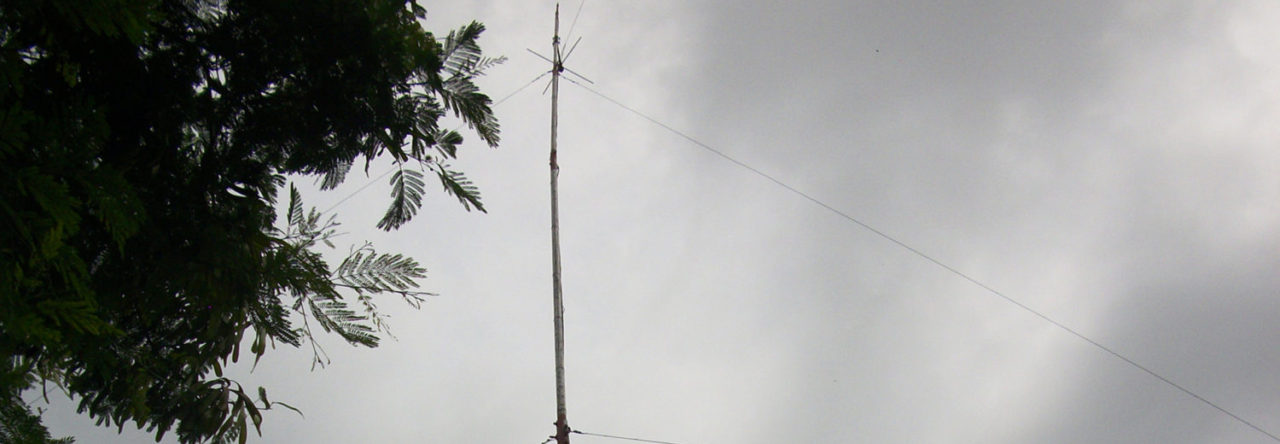Last month I went with Joanne Bernardi, a professor of Japanese here at University of Rochester, and Nora Dimmock, my supervisor, to Bucknell University Digital Scholarship Conference.
It was by far the best conference I went to this year. The keynote talks by Tressie McMillan Cottom and Safiya Noble were great and really relevant to our current digitally-mediated culture (I will try to write a short review of their talks in a different post). We also went to see several engaging panels, among them were compelling presentations about digital humanities projects done by undergraduates at Lafayette College and Gettysburg College.
Our team gave a presentation on Re-Envisioning Japan (REJ) project, a collaborative project that we are involved in. As the principal researcher, Joanne gave a brief background history about the project, which is a public archive of digital surrogates of an original physical collection of travel and educational ephemera about Japan during the early to mid 20th century, and its significance in terms of research and pedagogy. She also explained the challenges that have driven the project’s initiative to migrate the contents from WordPress to Omeka platform. Then Nora explained how the project has opened the way for close collaboration between library and faculty here at U of R. The project has not only bridged the gap between scholarship and teaching, but also introduced new critical practices in the library in terms of participatory curation, metadata structure, technology framework, and team-building. Following up Nora’s explanation, I explained my roles as a newly-joined member of the project, which include collaborating with the team to create a sustainable and transportable data model that will create a much stronger archive platform both in the front-end and the back-end, and creating an interactive timeline for REJ‘s film collection. At the end of our presentation, Joanne gave a brief showcase of two things that the REJ group is currently working on as “future directions” of the project: “Encounters” and “Routes.” The group has developed the “Encounters” since the previous CLIR Postdoc fellow was here. It is basically an interactive tool that will enable users of the REJ archive to dynamically curate the objects in the collection in a real-time. Meanwhile, “Routes” will be a multimodal web-publishing platform embedded in the REJ archive that will accommodate academic scholarship about the collection. These two tools will reflect REJ‘s main objective: to create an online archival platform that is organic, creative, and collaborative.
You can check out our presentation slide deck here. And if you want to see REJ’s “old” look, click here.

